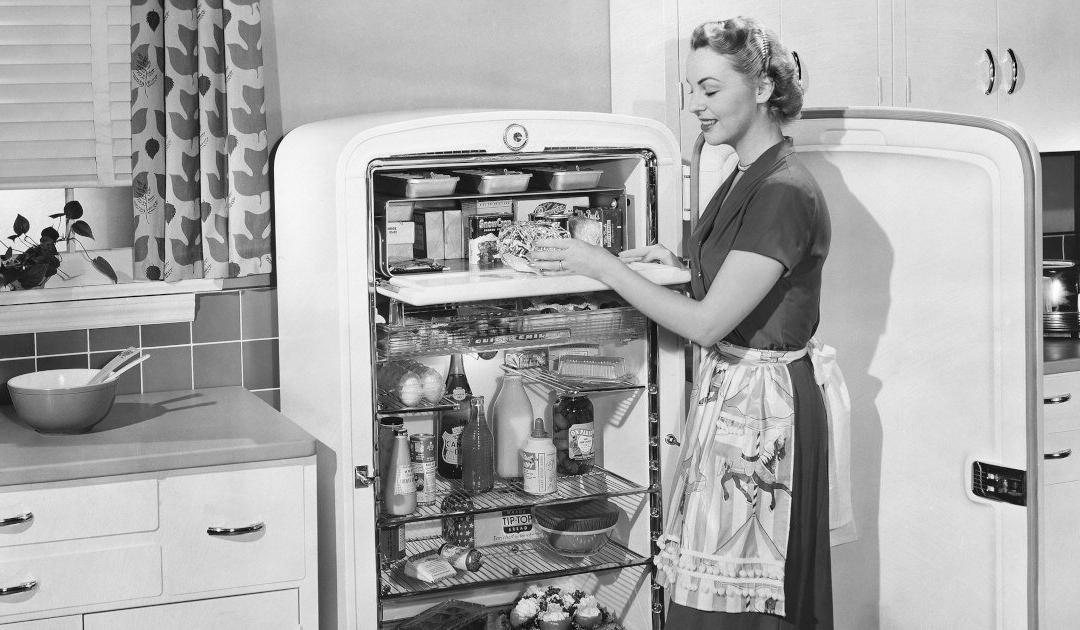Maybe you remember back when the same refridgerator lasted for decades. Or maybe you’ve heard your parents and grandparents boast that “back then, things were built to last”. Today, few home appliances last more than ten years, and they may need some repairs after the first five. What changed since the good old days?
Today’s home appliances are much more complex
Today’s appliances feature hundreds of highly sophisticated mechanical pieces and electronic circuit boards. While the manufacturers of old were able to produce all components on their own, it’s no longer realistic in today’s era of globalization and specialization. Many components are outsourced to lower production costs, not allowing for the same quality control.
Less metal, more plastic
Back then, appliances were mostly built out of metal, making them highly durable… but also heavy and bulky. And the heavier an item is, the more costly it is to transport. In order to provide lightweight and compact appliances, many components must be replaced by plastic ones, which are naturally more fragile.
Technology is always evolving
If previous generations of home appliances never encountered self-cleaning or delayed wash issues, it’s because the technology simply didn’t exist yet. These desirable features we now take for granted come with a cost: they require additional sensors and parts, increasing the odds that something breaks down.
Home appliances are cheaper than they used to be
Back in 1978, you could purchase a run-of-the-mill washer for about $300. After decades of inflation, the same equipment should retail for $1,200 today, whereas most models actually sell between $500 and $1,000. To maintain competitive pricing, manufacturers must find ways to reduce their production costs, which inevitably impacts quality.
Keep the energy savings in mind!
No one enjoys spending money to replace or repair a broken home appliance. But we also need to take into account the major energy savings that today’s highly efficient appliances provide. For example earlier top-load washers required 35 to 50 gallons of water per load, while the most recent front-load models only need 12 to 15.
There’s no need to go back all that long ago to see the difference. According to a Hydro-Quebec calculator, a refridgerator with bottom freezer from 2012 costs on average $43 per year in electricity. A similar model from the year 2000 gobbles up $60 worth of electricity per year. Can you imagine how expensive even older units are to run?
Quality is worth repairing
Even if today’s home appliances don’t last like they used to, many models remain reliable and, with a minor repair, could remain useful for years to come. If you’d like an honest opinion on whether or not your appliance is worth repairing, don’t hesitate to contact our team.

